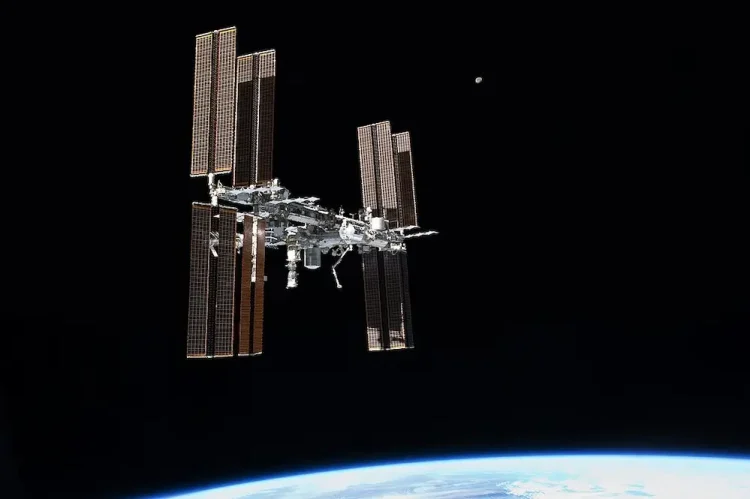In a significant development for space exploration, SpaceX has secured an $843 million contract from NASA to deorbit the International Space Station (ISS) into the Pacific Ocean. This initiative is a key component of NASA’s program to safely bring the ISS out of orbit within the next decade.
End of an Era
Operational since 1998, the ISS has been a cornerstone of international space collaboration, involving the USA, Europe, Japan, Canada, and Russia. As the station ages, NASA aims to manage its descent in a controlled manner to avoid potential chaos. The ISS is expected to end its lifecycle around 2030, but NASA’s strategic planning is already underway.
SpaceX’s Role
Under the new contract, SpaceX will develop a spacecraft known as the US Deorbit Vehicle. This specialized vehicle will ensure the safe return of the ISS to Earth, avoiding any risk to populated areas. The deorbiting process will guide the ISS to a specific area in the Pacific Ocean, known as the “spacecraft cemetery,” located between New Zealand and South America. This remote area already houses various decommissioned space capsules, cargo spacecraft, and rockets.
Challenges Ahead
The task ahead for SpaceX is monumental. The ISS is too large and massive to simply burn up upon reentry into the Earth’s atmosphere. The development and testing of the US Deorbit Vehicle will take several years. The deorbiting process itself will involve three phases of disassembly:
- Phase One: Towing the solar arrays and radiators towards the ocean.
- Phase Two: Removing the separate modules.
- Phase Three: Disassembling the primary structure, known as the “truss.”
International Collaboration and Future Plans
Despite the planned deorbiting, the ISS remains a symbol of international cooperation in space. Partner countries have committed to maintaining its operations until the end. However, Russia plans to exit the project in 2028.
The Future of Space Stations
The annual cost of operating the ISS is approximately $3.1 billion. As the ISS nears its end, the private space industry is poised to take over. Several private organizations have already unveiled designs for new space stations. Notably, Vast and SpaceX plan to launch a new station in 2025. Blue Origin is also working on the Orbital Reef station, slated for launch by the end of the decade. Additionally, Voyager, Lockheed Martin, and Nanoracks are developing the Starlab station, expected to be operational by 2027.
Conclusion
The deorbiting of the ISS marks the end of an era and the beginning of a new chapter in space exploration. With SpaceX at the helm of this significant project, the future of space stations looks promising, driven by innovation and private sector involvement.








